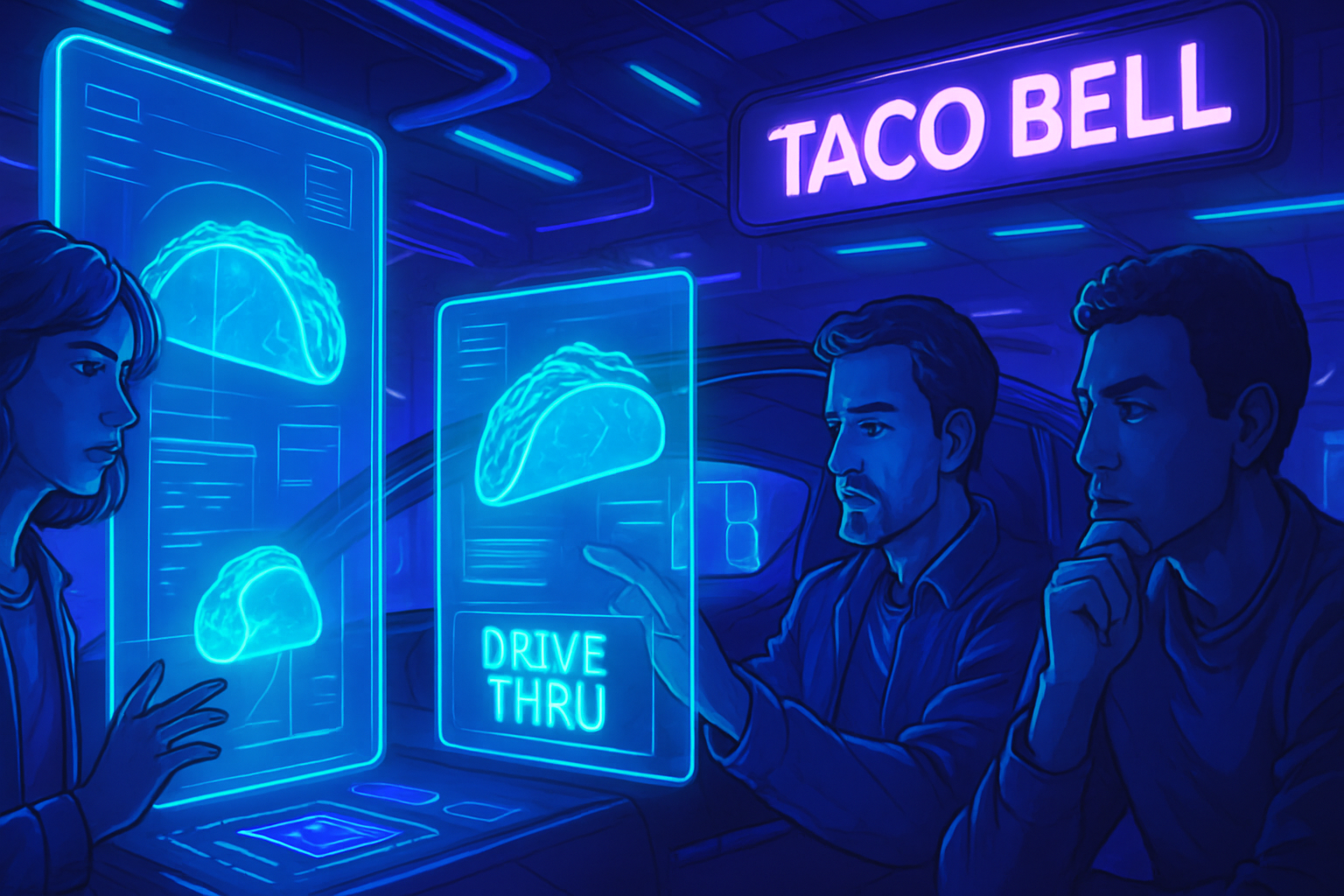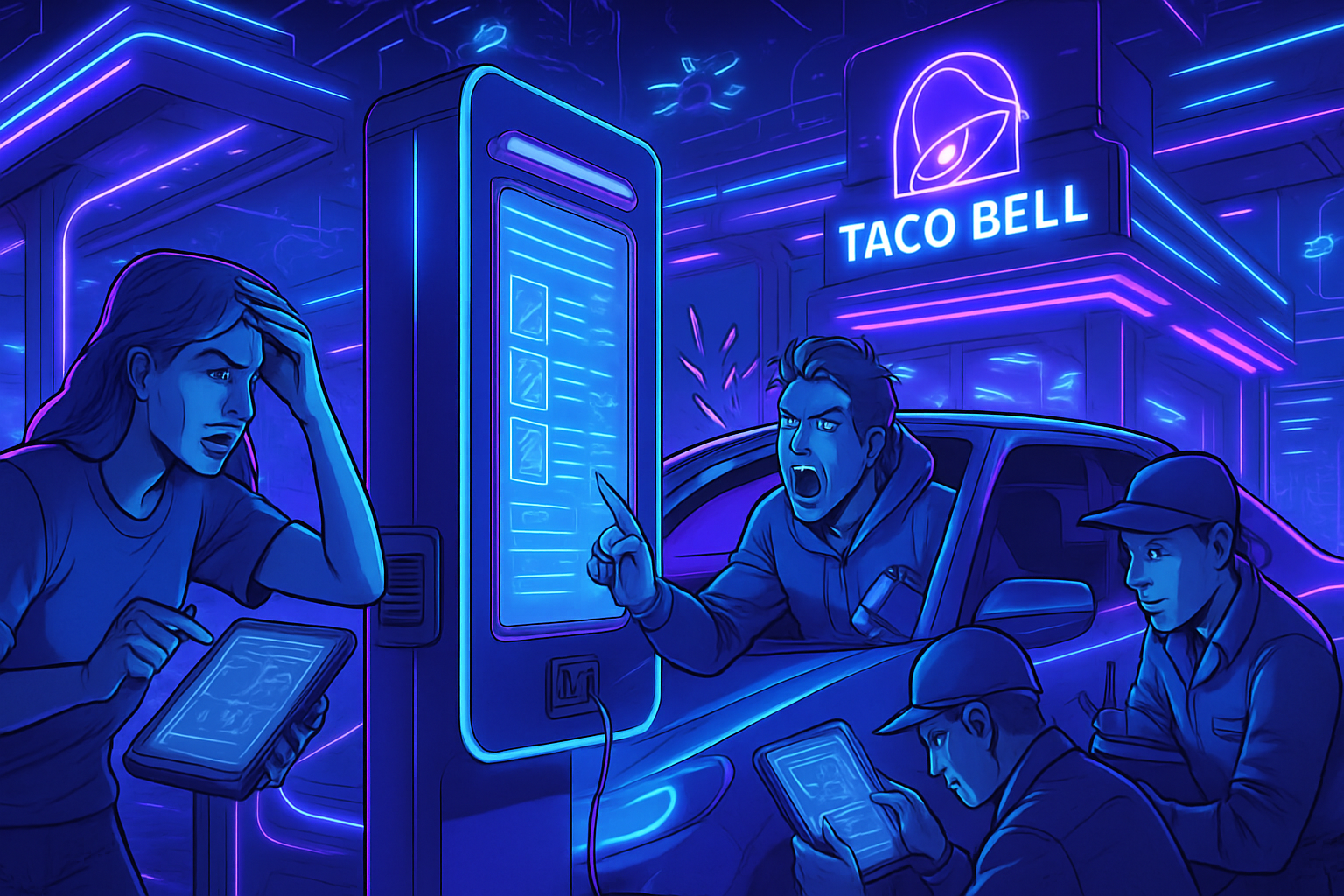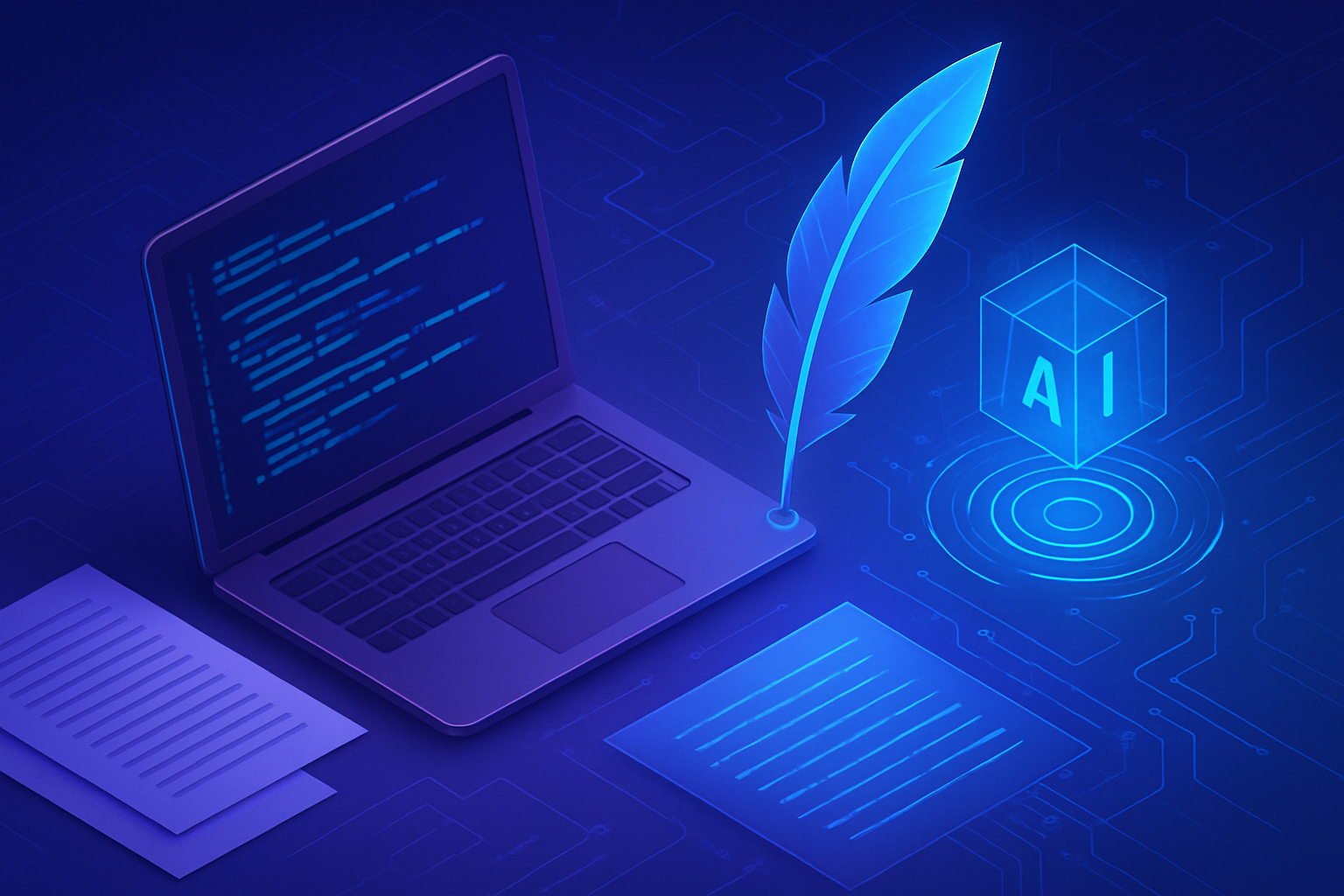The emergence of robotic technologies is revolutionizing the medical field, raising questions about the future of surgical interventions. _A robot successfully performed a gallbladder removal_ without human assistance, illustrating unprecedented advances. _This captivating performance marks a turning point in autonomous surgery_, addressing complex and unpredictable challenges. A robot’s ability to react agilely to real clinical circumstances demonstrates a major evolution in automation. This development could redefine the standards of safety and efficiency in the medical sector.
The autonomous gallbladder removal
The innovative robot, using a hierarchical transformation system for surgery, recently performed a gallbladder removal operation without human intervention. This procedure was conducted by researchers at Johns Hopkins University. The operation represents a significant breakthrough in the field of surgical robotics.
Capabilities of the autonomous robot
A robot demonstrated impressive skills by performing complex steps during a gallbladder surgery. It operated entirely autonomously on a simulated patient, learning and reacting in real-time to verbal instructions from the surgical team, much like a trainee surgeon under the watchful eye of a mentor.
The robot distinguished itself by its ability to manage unforeseen events related to emergency situations, such as those commonly encountered in medical practice. This adaptation to real-time challenges represents a major advancement, allowing robots to combine mechanical precision and human understanding during a surgical intervention.
Cutting-edge technology in surgery
Axel Krieger, a researcher in surgical robotics, emphasizes that this advancement “transforms the way robots are perceived in a surgical context.” The system offers a understanding of surgical procedures, moving from executing precise actions to a true grasp of the issues encountered.
In 2022, the STAR robot performed the first autonomous surgery on a living animal. However, it required a controlled environment, with a well-defined surgical plan and marked tissues. The new technology, on the other hand, allows the robot to navigate freely in varied conditions and learn from unforeseen elements.
Performance and precision
The SRT-H robotic surgery system is built on machine learning foundations that drive applications like ChatGPT. It notably demonstrates the ability to react to voice commands and adjust based on feedback received. This represents a significant advancement in the deployment of autonomous surgical robots.
According to Ji Woong Kim, the lead author of the study, the project addresses fundamental obstacles in integrating surgical robots into a real operational framework. Artificial intelligence models are now deemed reliable enough to contemplate surgical autonomy.
Robot learning process
The robot’s training was conducted by observing videos of surgeons from Johns Hopkins University performing the removal. It required a visually reinforced approach through explanatory captions. After this observation phase, the robot executed the operation with a 100% accuracy.
Although the robot took longer to complete the removal compared to a human surgeon, the results obtained advocate for its effectiveness. The process consisted of a complex series of 17 interconnected steps, from identifying ducts and arteries to using appropriate instruments.
Real-world testing and adaptations
The robot proved effective even in the face of anatomical variations and unforeseen events, such as position adjustments or the addition of dyes simulating blood properties. These moments highlighted the robot’s ability to adapt to the varied contexts encountered in real surgery.
Krieger states: “This experience demonstrates the feasibility of complex autonomous surgery.” The current approach opens the way to promising perspectives in the field of autonomous surgical interventions. Researchers are now aspiring to expand the robot’s capabilities by training it on other types of surgeries.
For more information on new technologies in surgery, check studies on tool citation or the impact of AI in medical interventions.
Help and FAQ on autonomous gallbladder removal
What is autonomous gallbladder removal?
Autonomous gallbladder removal refers to a surgical procedure where a robot performs the operation autonomously, without human intervention, using machine learning algorithms to navigate and execute the required tasks.
How does the robot perform surgery without human assistance?
The robot relies on an imitation learning system, having been trained from surgery videos to understand and execute the necessary sequences for gallbladder removal.
What are the advantages of using a robot for gallbladder removal?
The use of a robot increases precision, reduces the risk of human errors, and adapts the procedure in real-time to variable anatomical conditions, thus improving the safety and efficiency of the operation.
Can the robot handle unforeseen situations during surgery?
Yes, the robot is designed to adapt to unforeseen scenarios, making autonomous decisions and correcting itself when necessary, thus simulating the flexibility of a human surgeon.
How long did the robot take to perform gallbladder removal compared to a human surgeon?
The robot took longer to complete the procedure than human experts, but the results were comparable in terms of accuracy and safety, illustrating that it mastered the complex tasks albeit progressively.
What training did the robot receive before the surgery?
The robot was trained by watching videos of surgeries performed by experts, reinforced by written descriptions of the tasks, allowing it to learn the different steps necessary for gallbladder removal.
Is this technology ready to be used in a clinical setting?
This technology represents a significant advancement, but further trials are needed to validate its effectiveness and safety before widespread deployment in hospitals.
What are the next steps for research on surgical robots?
Researchers are looking to expand the robot’s capabilities to perform other types of surgeries autonomously, further exploring its skills in real clinical environments.






